Tags: Earth

Severe Space Weather Disrupts Birds’ Navigational Skills, Leads Them off Course During Migrations
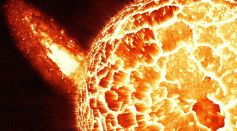
Ancient Tree Rings Reveal Unprecedented Solar Storm 14,300 Years Ago, Dwarfing Carrington Event

Long-Lost 'Pontus' Tectonic Plate From 160 Million Years Ago Identified; Mega-Plate Could Have Been as Big as One-Fourth of the Pacific Ocean
Vela Pulsar Releases Powerful Energy Hitting Earth That Will Sizzle Humans to a Crisp When Exposed to It
Iron Atoms Found Moving Inside the Earth’s Solid Inner Core, Affecting the Magnetic Field With Their Collective Motion
Mapping Zealandia: Scientists Unearth Earth's 'Lost' Eighth Continent After Centuries of Speculation
BlueWalker 3 Satellite Now One of the Brightest Objects in the Night Sky, Signaling Low-Earth Orbit's Brightening Crisis
India’s Spacecraft Aditya-L1 Escapes Sphere of Earth’s Influence, ISRO Says
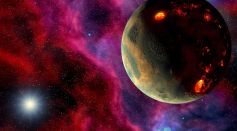
Nearly 50% of Rocky Exoplanets Revealed as 'Burning Worlds' with Lava Oceans: Study Explores Their Impact on Super-Earths

Last Supermoon of 2023: Here's How To Watch the Full Harvest Moon

Orionid Meteor Shower Begins To Light Up the Sky as Halley's Comet Nears Solar System Return
3D Imaging Technique Allows Exploration of Earth’s Interior Using Microseisms
Jupiter’s Moon Europa May Hold Carbon in Ocean Beneath Its Icy Shell [Study]

Space Force's Lightning-Fast Satellite Launch: Did It Punch a Hole in the Ionosphere?
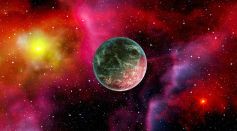
Odd Planet Gliese 367b Is Nearly Twice as Dense as the Earth, Could Be Almost Pure Iron
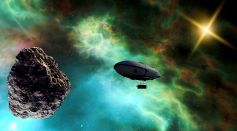
Asteroid Bennu Has Small Chance of Crashing Into Earth, Unleashing Explosion Equivalent to Over 20 Nuclear Bombs, NASA Says
Chandrayaan-1 Data Suggests Earth’s Electrons May Be Contributing to Water Formation on Moon
Humans Could Turn Earth Into World That May Not Sustain Us After Crossing 6 Planetary Boundaries
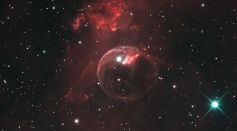
Enormous Bubbles of Matter Believed To Be a Relic From the Universe's Birth Discovered 820 Million Light Years Away From Earth
Deep Sea Fossil Spines Provide Evidence of the First Forms of Life on Earth
Most Popular

10 Powerful Brain-Boosting Foods Backed by Nutrition Science to Enhance Cognitive Function

If the Sun Were a Basketball, How Big Would the Earth Be? Space Scale Comparison Perfect for Kids

Top 10 Invasive Species List: Shocking Biodiversity Threats Ravaging Ecosystems Worldwide

12 Common Brain Myths Debunked: Surprising Neuroscience Facts You Need to Know





